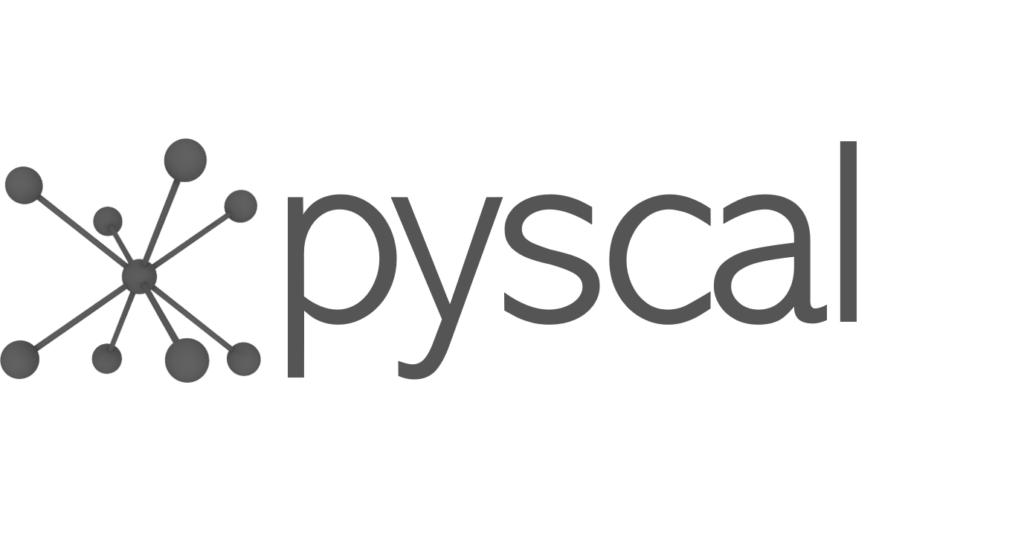New publication is out: “Atomistic insight into the kinetic pathways for Watson–Crick to Hoogsteen transitions in DNA”
Title: Atomistic insight into the kinetic pathways for Watson-Crick to Hoogsteen transitions in DNA
Authors: Vreede J, Pérez de Alba Ortíz A, Bolhuis PG, and Swenson DWH
Nucleic Acids Research 2019, Vol. 47, No. 21, 11069–11076, DOI: 10.1093/nar/gkz837 (open access)
Synopsis
DNA predominantly contains Watson–Crick (WC) base pairs, but a non-negligible fraction of base pairs are in the Hoogsteen (HG) hydrogen bonding motif at any time. In the HG motif, the purine is “upside down” compared to the WC motif. Two classes of mechanism have been proposed for the transition between these motifs: one where the base pair stays inside the confines of the helical backbone, and one where one base flips outside of the helical backbone before returning in the “upside down” HG conformation. The transitions between WC and HG may play a role in recognition and replication, but are difficult to investigate because they occur quickly, but only rarely. To gain insight into the mechanisms for this process, researchers performed transition path sampling simulations on a model nucleotide sequence in which an adenine-thymine base pair changes from WC to HG, and found that the outside transition was strongly preferred. Simulated rates and free energy differences agree with experiments, the simulations provide highly detailed insights into the mechanisms of this process.



